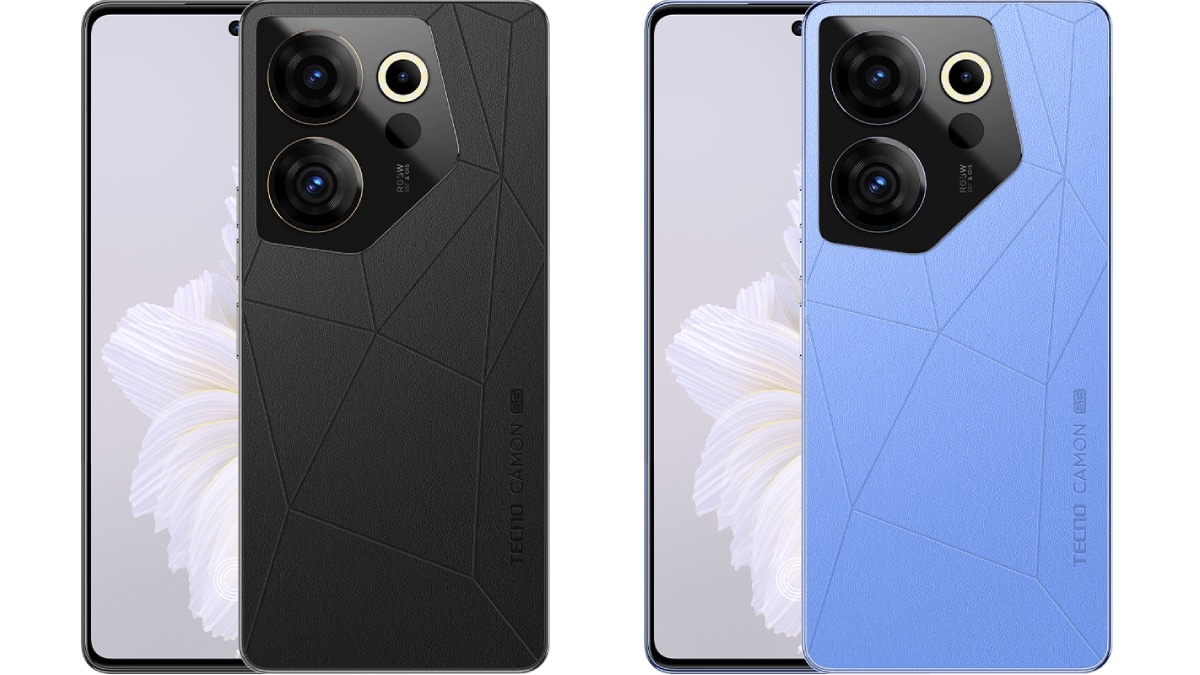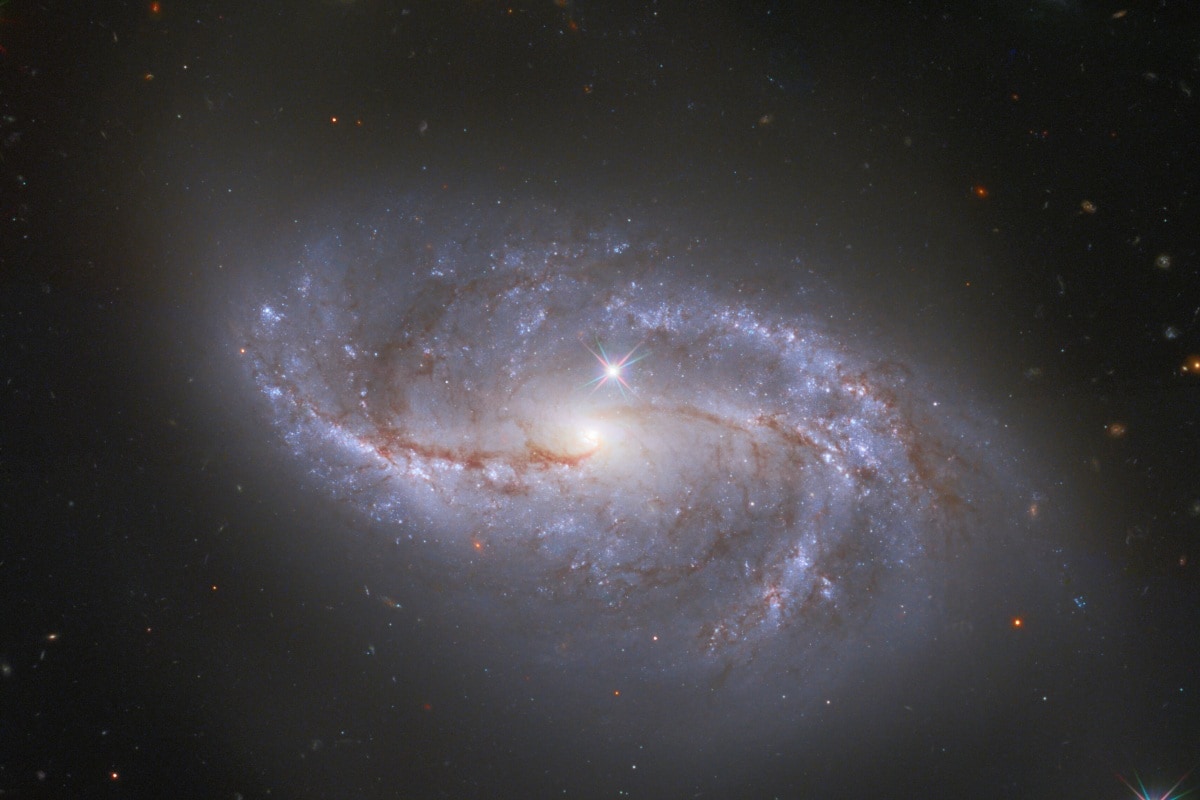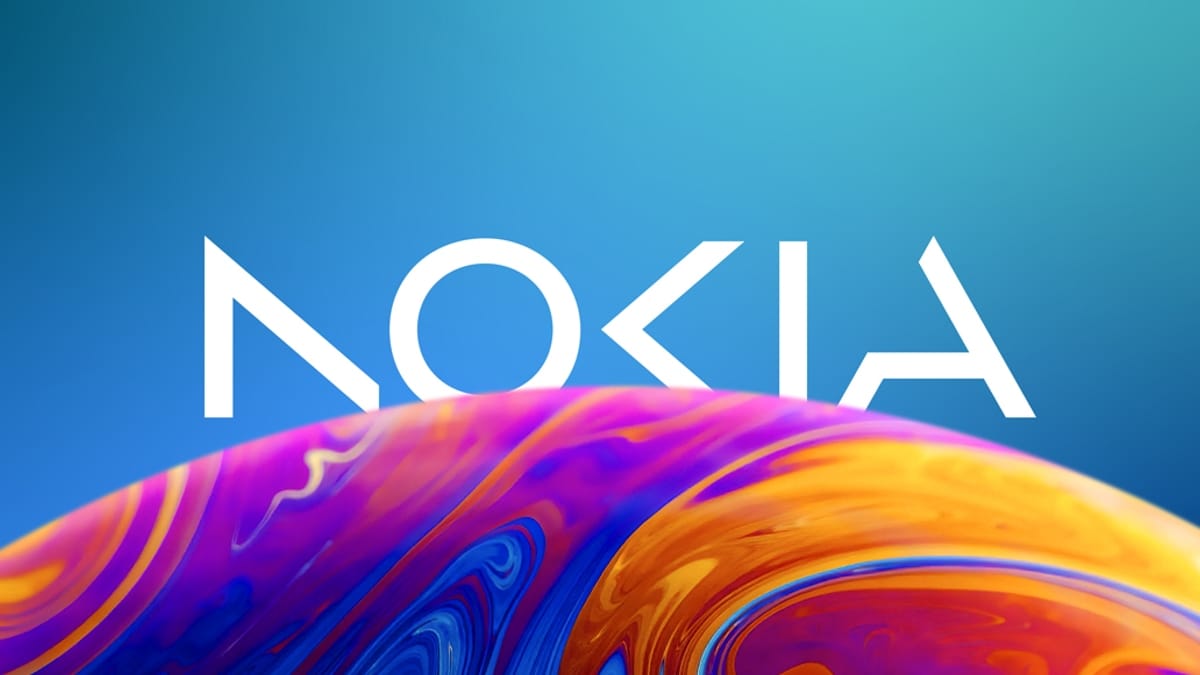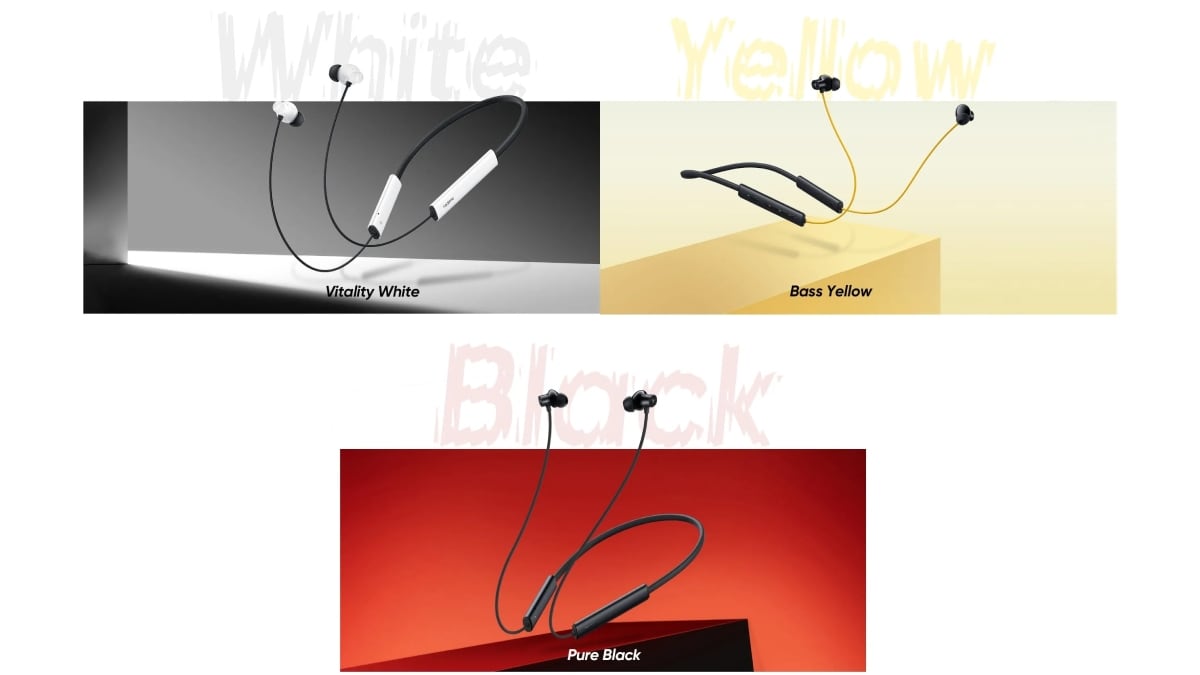Gadgets And Technology Daily News | 02 Jul 2023

Views (119)

Tecno Camon 20 Premier 5G India Launch Date Set For July 7

Tecno Camon 20 Premier 5G is set to launch in India on July 7. The phone was released globally earlier this year in May, alongside the other Tecno Camon 20 series models. The lineup also included a base Tecno Camon 20 and a Tecno Camon 20 Pro 5G model. The storage configurations and price of the handset in India have not yet been revealed. The base and Pro models are already available in India and start at Rs. 14,999
In a tweet, Tecno India announced that the Tecno Camon 20 Premier 5G will be released in the country on July 7. The phone comes with an octa-core MediaTek Dimensity SoC and a 5,000mAh battery with wired fast charging support.
Introducing the Industry's 1st 50MP RGBW Pro Camera in the #TECNOCamon20Premier5G.Capture precious moments in motion flawlessly with the revolutionary Sensor Shift OIS, ensuring shake-free shots.Launching on 7th July on https://t.co/2cAuIPVHa8Link: https://t.co/vbSxG6jLlU pic.twitter.com/kpZYKnkWnM
Sporting a 6.67-inch full-HD+ (2400 x 1080 pixels) AMOLED, the Tecno Camon 20 Premier 5G comes with a refresh rate of 120Hz. It is powered by an octa-core MediaTek Dimensity 8050 SoC paired with 8GB of RAM and 512GB of inbuilt storage. The phone boots Android 13-based HiOS 13.0 out-of-the-box.
The dual rear camera unit of the Tecno Camon 20 Premier 5G is equipped with a 50-megapixel RGBW primary camera with sensor-shift optical image stabilisation (OIS), along with a 108-megapixel sensor with an ultra-wide angle lens. It also has an Octa Flash or Ring-Flash unit. The centre-aligned hole-punch slotted front camera comes with a 32-megapixel sensor.
Tecno Camon 20 Premier 5G is backed by a 5,000mAh battery with 45W wired fast charging support. For security, the phone has an in-display fingerprint sensor. It also supports 4G, 5G, OTG, NFC, GPS and Bluetooth connectivity.
First Ever View of the Milky Way Seen Through the Lens of Neutrino Particles

Data collected by an observatory in Antarctica has produced our first view of the Milky Way galaxy through the lens of neutrino particles. It's the first time we have seen our galaxy “painted” with a particle, rather than in different wavelengths of light.
The result, published in Science, provides researchers with a new window on the cosmos. The neutrinos are thought to be produced, in part, by high-energy, charged particles called cosmic rays colliding with other matter. Because of the limits of our detection equipment, there's much we still don't know about cosmic rays. Therefore, neutrinos are another way of studying them.
It has been speculated since antiquity that the Milky Way we see arching across the night sky consists of stars like our Sun. In the 18th century, it was recognised to be a flattened slab of stars that we are viewing from within. It is only 100 years since we learnt that the Milky Way is in fact a galaxy, or “island universe”, one among a hundred billion others.
In 1923, the American astronomer Edwin Hubble identified a type of pulsating star called a “Cepheid variable” in what was then known as the Andromeda “nebula” (a giant cloud of dust and gas). Thanks to the prior work of Henrietta Swan Leavitt, this provided a measure of the distance from Earth to Andromeda.
This demonstrated that Andromeda is a far away galaxy like our own, settling a long-running debate and completely transforming our notion of our place in the universe.
Opening windows
Subsequently, as new astronomical windows have opened on to the sky, we have seen our galactic home in many different wavelengths of light –- in radio waves, in various infrared bands, in X-rays and in gamma-rays. Now, we can see our cosmic abode in neutrino particles, which have very low mass and only interact very weakly with other matter – hence their nickname of “ghost particles”.
Neutrinos are emitted from our galaxy when cosmic rays collide with interstellar matter. However, neutrinos are also produced by stars like the Sun, some exploding stars, or supernovas, and probably by most high-energy phenomena that we observe in the universe such as gamma-ray bursts and quasars. Hence, they can provide us an unprecedented view of highly energetic processes in our galaxy – a view that we can't get from using light alone.
The new breakthrough detection required a rather strange “telescope” that is buried several kilometres deep in the Antarctic ice cap, under the South Pole. The IceCube Neutrino Observatory uses a gigatonne of the ultra-transparent ice under huge pressures to detect a form of energy called Cherenkov radiation.
This faint radiation is emitted by charged particles, which, in ice, can travel faster than light (but not in a vacuum). The particles are created by incoming neutrinos, which come from cosmic ray collisions in the galaxy, hitting the atoms in the ice.
Cosmic rays are mainly proton particles (these make up the atomic nucleus along with neutrons), together with a few heavy nuclei and electrons. About a century ago, these were discovered to be raining down on the Earth uniformly from all directions. We do not yet definitively know all their sources, as their travel directions are scrambled by magnetic fields that exist in the space between stars.
Deep in the ice
Neutrinos can act as unique tracers of cosmic ray interactions deep in the Milky Way. However, the ghostly particles are also generated when cosmic rays hit the Earth's atmosphere. So the researchers using the IceCube data needed a way to distinguish between the neutrinos of “astrophysical” origin – those originating from extraterrestrial sources – and those created from cosmic ray collisions within our atmosphere.
The researchers focused on a type of neutrino interaction in the ice called a cascade. These result in roughly spherical showers of light and give the researchers a better level of sensitivity to the astrophysical neutrinos from the Milky Way. This is because a cascade provides a better measurement of a neutrino's energy than other types of interactions, even though they they are harder to reconstruct.
Analysis of ten years of IceCube data using sophisticated machine learning techniques yielded nearly 60,000 neutrino events with an energy above 500 gigaelectronvolts (GeV). Of these, only about 7% were of astrophysical origin, with the rest being due to the “background” source of neutrinos that are generated in the Earth's atmosphere.
The hypothesis that all the neutrino events could be due to cosmic rays hitting the Earth's atmosphere was definitively rejected at a level of statistical significance known as 4.5 sigma. Put another way, our result has only about a 1 in 150,000 chance of being a fluke.
This falls a little short of the conventional 5 sigma standard for claiming a discovery in particle physics. However, such emission from the Milky Way is expected on sound astrophysical grounds.
With the upcoming enlargement of the experiment – IceCube-Gen2 will be ten times bigger – we will acquire many more neutrino events and the current blurry picture will turn into a detailed view of our galaxy, one that we have never had before.
Twitter Now Needs Users to Sign In to View Tweets, Owner Elon Musk Calls it ‘Temporary Emergency Measure’

Twitter will now require users to have an account on the social media platform to view tweets, a move that owner Elon Musk on Friday called a "temporary emergency measure".
Users who try to view content on the platform will be asked to sign up for an account or log into an existing account to see their favourite tweets.
"We were getting data pillaged so much that it was degrading service for normal users!" Musk said in a tweet.
He added that hundreds of organizations or more were scraping Twitter data "extremely aggressively", affecting user experience.
Musk has previously expressed displeasure at artificial intelligence firms like OpenAI, the owner of ChatGPT, using Twitter's data to train their large language models.
"We absolutely will take legal action against those who stole our data & look forward to seeing them in court, which is (optimistically) 2 to 3 years from now," he said.
In a letter addressed to Microsoft CEO Satya Nadella, Musk's lawyer Alex Spiro in May asked the tech giant to conduct an audit of its use of Twitter's content, alleging the Windows developer violated an agreement over using the social media company's data.
The company has initiated a range of measures to bring back advertisers who left the platform under Musk's ownership and to increase subscription revenue by making verification check marks a part of the Twitter Blue program.
Earlier in the month, Twitter had announced plans to focus on video, creator and commerce partnerships to revitalize the social media company's business beyond digital advertising.
Twitter has also begun charging users to access its application programming interface (API), used by third-party apps and researchers.
© Thomson Reuters 2023
(This story has not been edited by NDTV staff and is auto-generated from a syndicated feed.)
Nokia Renews Patent Licence Agreement With Apple For Another Term

Nokia said on Friday it had signed a new long-term patent license agreement with Apple, as the current license between the companies expires at the end of 2023.
While terms of the agreement remain confidential between the companies, it covers Nokia's inventions in 5G and other technologies.
Nokia said the company expects to recognize revenue related to the agreement starting January 2024, and it is consistent with the company's long-term outlook disclosed in the first quarter.
Nokia's patent portfolio is built on more than EUR 140 billion euros (nearly Rs, 12,55,260 crore) invested in research & development and is composed of around 20,000 patents, including over 5,500 declared essential to 5G, the Finnish company said.
"The agreement reflects the strength of Nokia's patent portfolio, decades-long investments in R&D, and contributions to cellular standards and other technologies," said Jenni Lukander, president of Nokia Technologies.
Apple and Nokia share a long partnership. Back in 2018, Apple appointed Ashish Chowdhary, Chief Customer Operations Officer at Nokia Networks, as its India operation head. Chowdhary took over as Apple India head from January 2019.
Since then, Apple has also made its entry to India with two official stories in Delhi and Mumbai. It has also been reported that Apple BKC and Apple Saket have become the country's largest electronics retail store in terms of sales.
A report from earlier June points that Apple BKC received a footfall of over 6,000 people and sold over Rs. 10 crore worth of products on its opening day, April 18. Apple Saket, the company's store in New Delhi which opened two days later on April 20, also reportedly received similar footfall.
Realme Buds Wireless 3 Colour Options, Specifications Revealed Ahead of July 6 Launch: All Details

Realme Buds Wireless 3 is confirmed to be released in India on July 6. The upcoming Bluetooth earphones will succeed the Realme Buds Wireless 2, which were launched in May 2021 and come with an active noise cancellation feature and support for the LDAC advanced Bluetooth codec, 13.6mm dynamic drivers, up to 22 hours of battery life per charge and an IPX5 rating for water resistance. At launch, the earbuds were priced at Rs. 2,299. Realme India has now revealed some key specifications of the Realme Buds Wireless 3.
The earbuds are confirmed to come with a 13.6mm Dynamic Bass Driver in each bud and 30dB Active Noise Cancellation (ANC), which the company claims will offer an improved sound experience and higher resolution audio quality. It also claims to provide a 360-degree Spatial Audio experience.
The earphones will weigh 30.1 grams. The website teaser page also confirms that the earphones will be offered in three colour options -- Bass Yellow, Pure Black and Vitality White.
An earlier leak suggested that the upcoming Realme earphones are expected to be water resistant and offer a Bluetooth connectivity range of up to 10m. The neckband is said to come equipped with an App Control.
The Realme Buds Wireless 3 have been tipped to measure 42 x 10.2 x 2.2 cm in size. The wearables are expected to be priced under Rs. 2,999. They will be available for purchase on Amazon.
The company will also launch the Realme Narzo 60 series of smartphones on July 6. The lineup will include the Realme Narzo 60 5G and Realme Narzo 60 Pro 5G, which are also to be sold on Amazon. The phones are expected to come with a 61-degree curved display with very slim bezels and the base variant is expected to have a similar design to that of the Realme 11 5G.
DMRC Launches Online App for Generating Mobile QR Tickets

The Delhi Metro Rail Corporation (DMRC) on Friday launched a dedicated mobile app for its passengers with the name 'DMRC TRAVEL' for generating convenient and hassle-free mobile QR tickets for travelling across its network.
The app was formally launched today by Dr Vikas Kumar, Managing Director, DMRC from the headquarters at Metro Bhawan in the presence of senior officials.
With this new mobile App, passengers can now purchase tickets directly from their smartphones, eliminating the need to go to ticket counters/vending machines or stand in queues.
The passengers can now experience a quick and efficient ticketing process, saving valuable time during their commute.
The app supports a variety of payment methods, including UPI, credit/debit cards, and wallets, ensuring flexibility and convenience for users. Passengers can choose their preferred payment option and easily complete the transaction within the app itself.
In addition, this app also has other passenger-centric features like a travel planner, fare calculator, station information, and smart card recharge. The app also shows route information from origin to destination including interchange stations. One can view transaction history, and rebook tickets for the same origin-destination and return journey.
The 'DMRC TRAVEL' App will be available for download on the android platform which will be followed by the iOS platform soon, allowing a wide range of users to experience the convenience of mobile QR ticketing.
Passengers are encouraged to download the app from their respective app stores and explore the features and benefits it offers.
In order to provide such a user-friendly, cashless and fast mode of ticketing, DMRC carried out a mammoth technically challenging exercise of upgrading its AFC Gates, which were already in passenger services, on all its corridors without shutting down these gates even for a single day in record time.
The entire exercise was taken up mostly during the limited time available in the night once the passenger services were over, in a manner that once the services resumed the next day, all the gates were again kept functional for passengers. DMRC has already upgraded over 60 percent of its AFC gates with QR code scanners and the remaining are also targeted to be covered within the next 1-2 months.
With the introduction of the 'DMRC TRAVEL' App, DMRC aims to enhance the overall commuting experience of passengers by providing a modern and user-friendly ticketing solution. This initiative aligns with DMRC's commitment to leveraging technology for the comfortable commute of its valued passengers.
After the successful payment, the app will generate a mobile QR ticket. Present this QR ticket at the AFC (Automatic Fare Collection) gate for entry and exit during your journey.
The app also provides an option to view the purchased tickets in the "view transaction" menu, allowing you to access and manage your tickets as needed.
0 Likes
